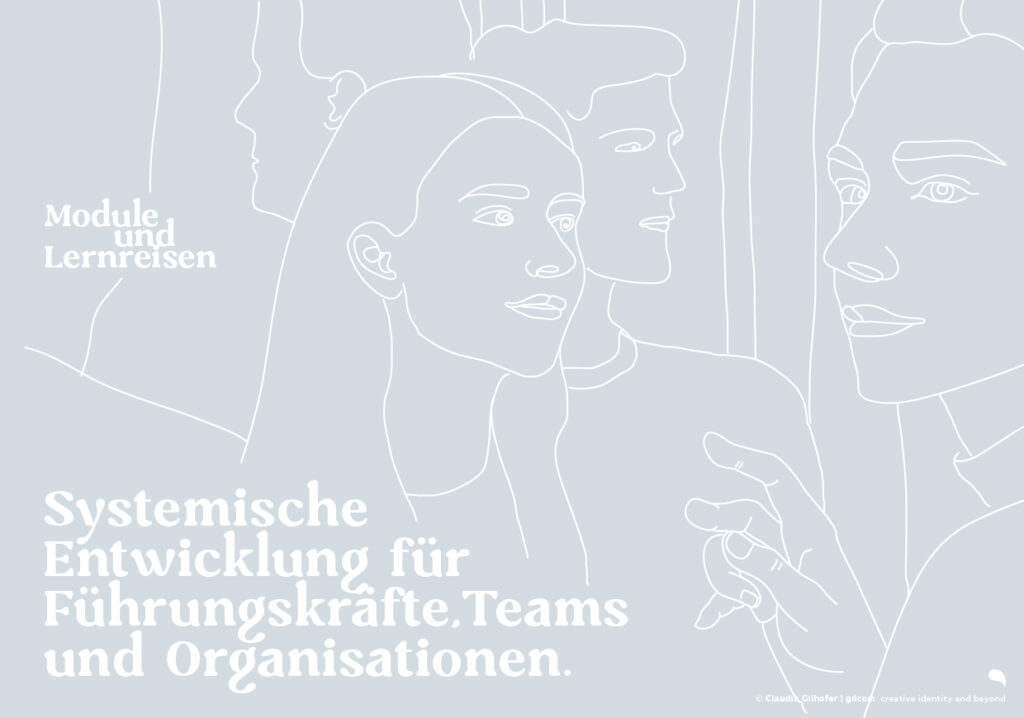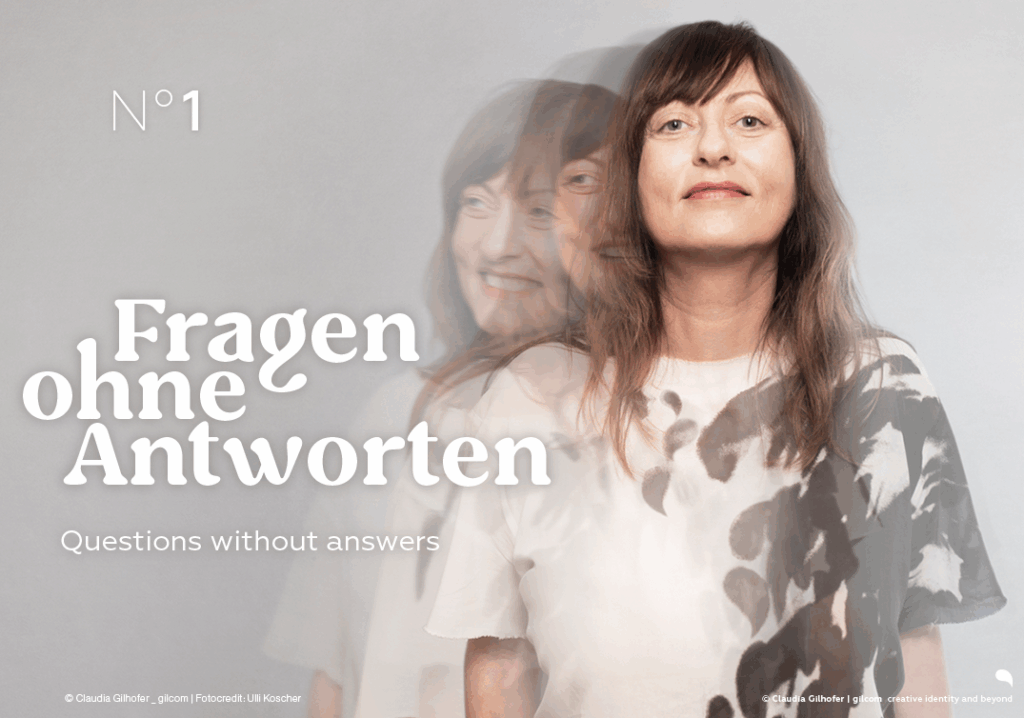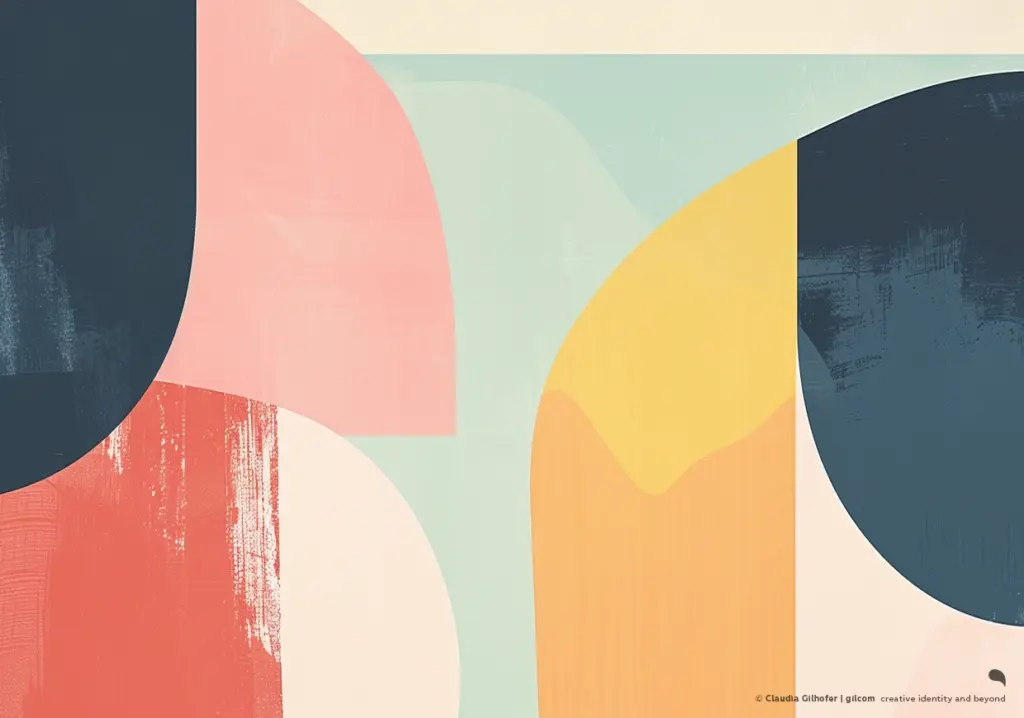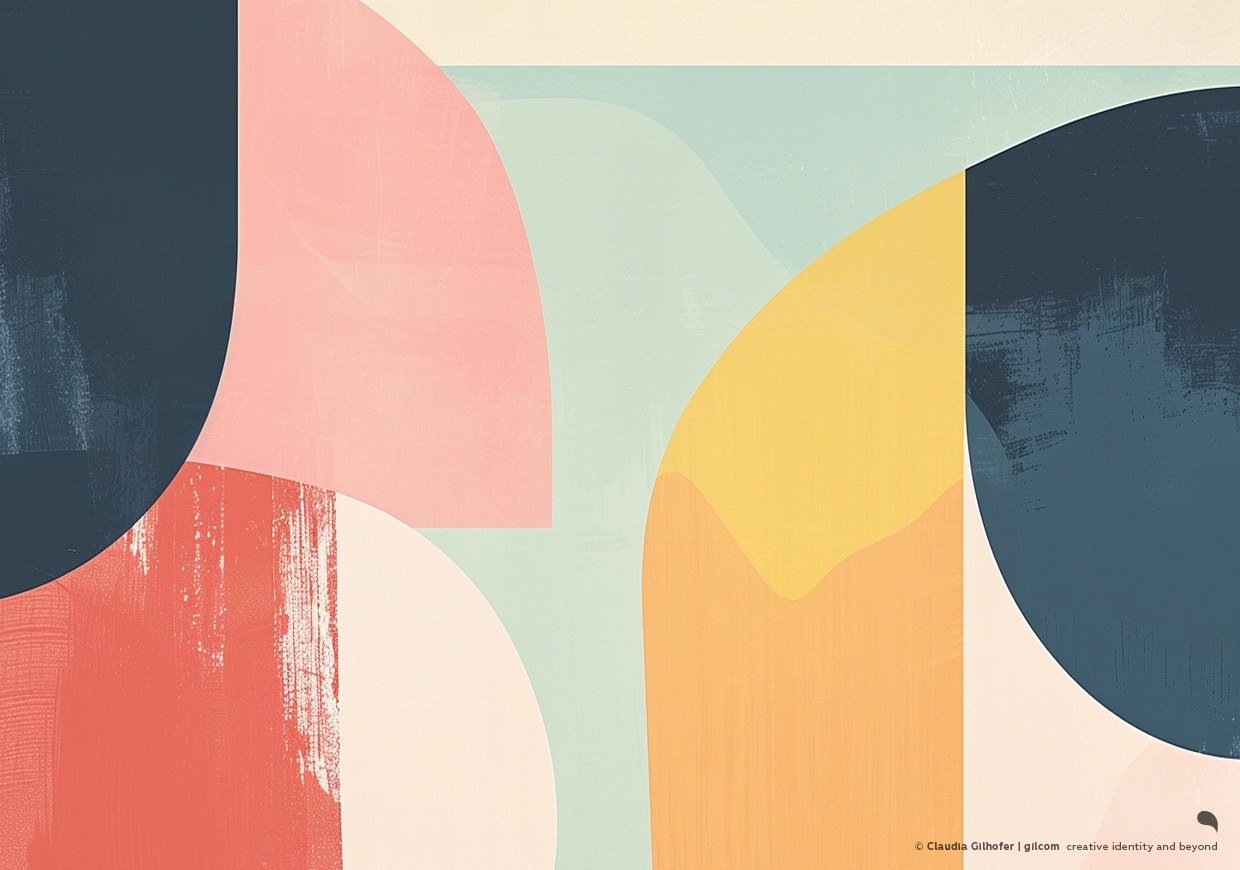Are we aware of it? We live in assumptions. About others. About ourselves. About what moves people. We define groups in an attempt to make complexity more manageable. An attempt that fails from the outset. To organize is not the same as understanding. What someone does – or what they choose to do – often says more than what we think we know about them.
Life is diverse – full of transitions and contradictions. What truly matters are contexts and the space between expectations. In this article, we explore why traditional targeting reaches its limits and how systemically communication strategies, grounded in observation and lived context, can open our eyes to what really matters.
The Limits of Traditional Target Group Analysis
Communication strategies often rely on demographic groupings: age, gender, profession, income … . These grids are meant to provide structure. But most of all, they create one thing: a false sense of certainty. Why? Because we do not live target group identities. We live in contexts. We move through different roles, situations, and tensions. Every day. That is the expression of living diversity. No stereotypical grid can capture that.
Paula Zuccotti and the Diversity of the Everyday
Paula Zuccotti, industrial designer and ethnographer, reveals exactly that in her work: the diversity of lived everyday life. She tells of hybrid realities, contradictions, and multi-layered lives – beyond stereotypes and categorisations. In her book ‚Every Thing We Touch‘, she invites us to look more closely and to reflect. She writes:
„If Objects could talk … Imaging keeping a record of everything you touch in a day, from the moment you wake up to the moment you fall asleep. Now imagine gathering all those things together for a single photograph. What would that image say about you and your day? Would strangers get a good sense of your life by looking at the objects laid out in chronological order? What would they deduce about you? What would they miss? […] Touching objects is one of the most important ways to discover the world, no matter how young or old we are where we are from. …”
What do we learn from this? People cannot be clearly assigned. The error lies not in complexity – it lies in our desire for simplification.
If you’d like to explore Paula’s work further: Her full k.eynote at the NEXT Conference is available here.
Observation as a Stance in Communication
If we truly want to understand one another. If we want to communicate responsibly – then we need something other than categories. We need the ability to observe without bias. Not as a technique, but as a stance. That requires time. Attention. And the willingness to allow not-knowing.
Understanding grows where we remain open to what reveals itself – not just to what we expected.
In my work with organisations and brand identities, I often observe the following: The most meaningful progress happens where the unstructured is not forced into form too quickly – but where the in-between is given enough space to emerge and become visible.
A Shared Perspective
How can cooperation, communication and understanding grow within organisations? What if we learn to see without filters again? If we sharpen our focus on what lies beyond the grids of categories, expectations, and stereotypes? What changes when we begin not just to observe, but to perceive? When we stop assigning and begin to truly understand.
Wherever people enter into relationship, there lies the possibility of true encounter. Not through allocation – but through what becomes experienceable in the in-between.
What do we take from this?
For ourselves, for the brand culture, for how we relate?
Let’s explore together how your strategy and communication can unfold from within – rooted in substance and oriented toward the future.
I support people and organizations who want to make a difference – with clarity and integrity.
With best Wishes
Claudia Gilhofer

Never stop evolving.
Stay human.
[ Communication | Human | Brand ]
__
gil com | creative identity and beyond
Communication design with integrity – as a connecting force between people, brand and technology. With a systemic perspective on strategy, expression and resonance. So that brand and organizational culture can evolve – vibrant and future-ready.
Claudia Gilhofer:
Creative Planner | Systemic Business Coach | Communication Psychologist in Training
Creative thinker with systemic view of what truly matters – including the power to shape and forward-looking curiosity for what’s ahead.





